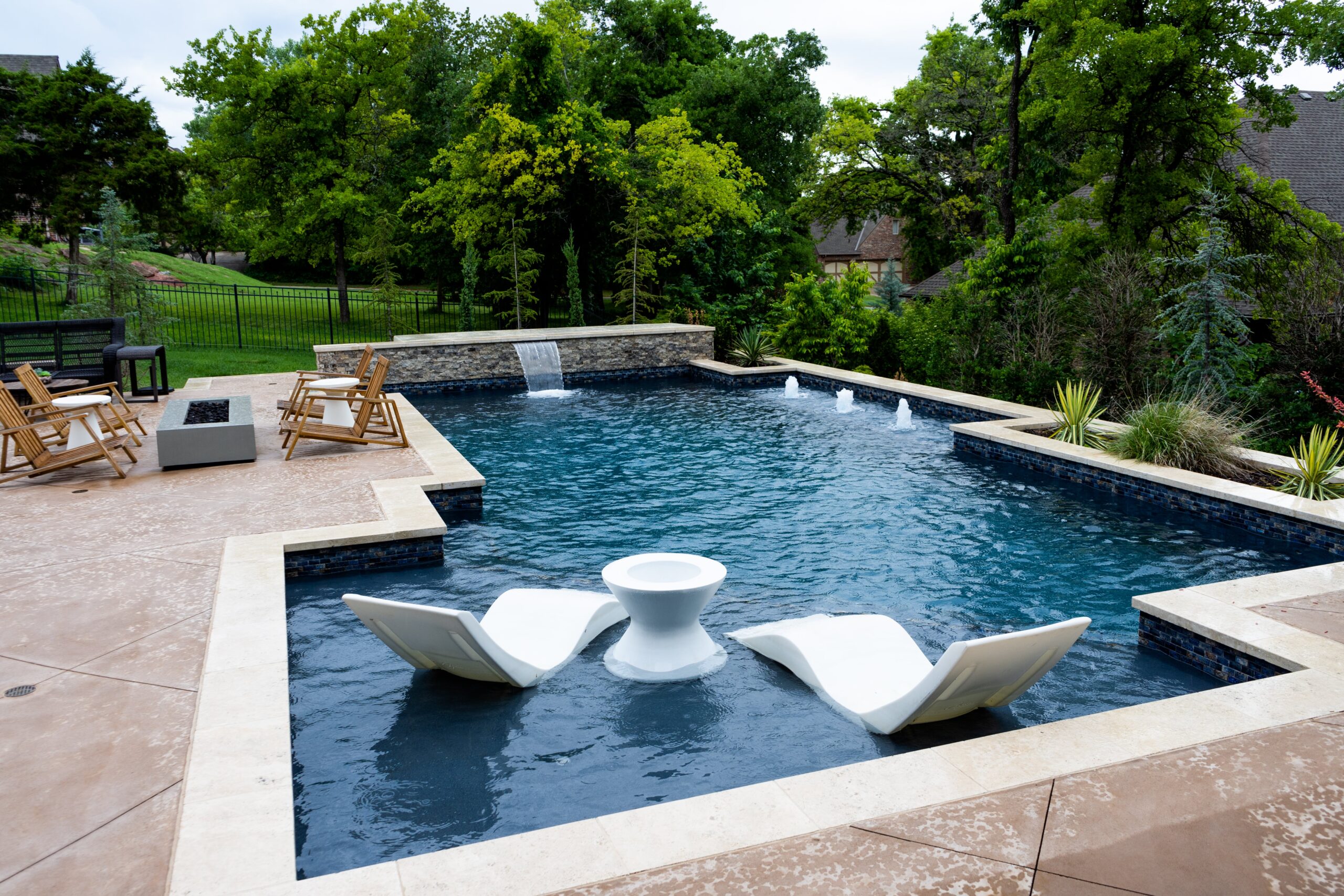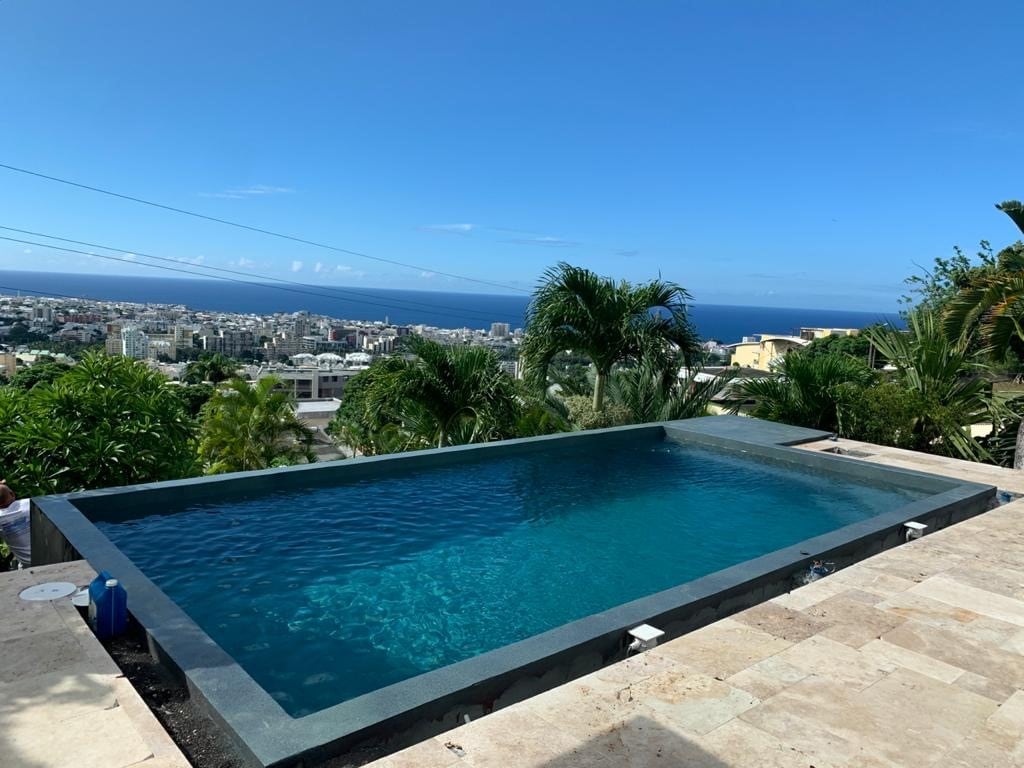Is Chlorine Destroying Your Pool Surface? Try This.

Is your pool surface looking rough or faded? Chlorine keeps pools clean, but too much can hurt the finish. This post breaks down why chlorine causes damage and shares a simple fix to protect your pool.
Key Takeaways
- Too much chlorine can damage pool surfaces. It causes rough spots, cracks, and fading color.
- Signs of damage include rough texture, stains that won’t go away, higher costs for cleaning, more skin irritation, and water chemistry problems.
- ecoFINISH coatings protect pools from chlorine by making a smooth layer over the surface.
How Chlorine Damages Pool Surfaces
Chlorine keeps your pool clean, but it can harm pool surfaces over time. High chlorine levels speed up damage to concrete, plaster, and even painted finishes. Harsh chemicals react with the surface, causing rough spots or fading color. If water chemistry stays off balance for weeks, small cracks and pitting may show up fast.
Concrete erosion happens if you use too much chlorine during algae treatment or regular pool cleaning. The finish becomes weak and starts breaking apart. This leads to sharp edges that can cause skin irritation while swimming. Broken surfaces also trap dirt, making future maintenance harder and risking more chemical imbalance in the water.
Signs Your Pool Surface is Suffering
Keeping your pool clean is essential, but too much chlorine can harm the surface. Here’s how you know if your pool surface needs help:
- Rough texture: The surface feels rougher than before.
- Fading color: Once bright and vibrant, the colors of your pool now look dull.
- Cracks appear: Small cracks start to show up on the pool’s surface.
- Stains that won’t go away: You clean and scrub, but some stains just stick around.
- Algae blooms are more frequent: Algae keeps coming back quickly after cleaning.
- Water chemistry issues: Despite regular care, keeping water chemistry balanced becomes tough.
- Increased skin irritation: More people complaining about skin irritation after swimming.
- Higher maintenance costs: You’re spending more on chemicals and cleaning.
Each of these signs indicates that your pool’s finish may be suffering because of chlorine and other factors affecting its health and appearance.

The Solution – ecoFINISH Coatings
ecoFINISH coatings provide a durable, smooth layer that protects pool surfaces from chlorine and other harsh chemicals. This smooth coating prevents rough spots, pitting, and fading, keeping your pool looking vibrant and feeling smooth for swimmers.
Unlike traditional paints or plaster, ecoFINISH is highly resistant to chemical damage and maintains its integrity even under high chlorine levels. Its thermoplastic formulation bonds tightly to the pool surface, reducing maintenance needs and helping water chemistry stay more stable.
With ecoFINISH, pool owners can enjoy a long-lasting, low-maintenance pool finish that preserves color, prevents surface degradation, and creates a safer, more comfortable swimming experience.
Conclusion
While chlorine is essential for keeping pools clean, too much can take a serious toll on your pool’s surface, leading to rough spots, fading, cracks, and higher maintenance costs. ecoFINISH coatings, which come in a wide variety of colors, offer a long-lasting solution by forming a smooth, protective layer that resists chemical damage, preserves color, and reduces upkeep.
